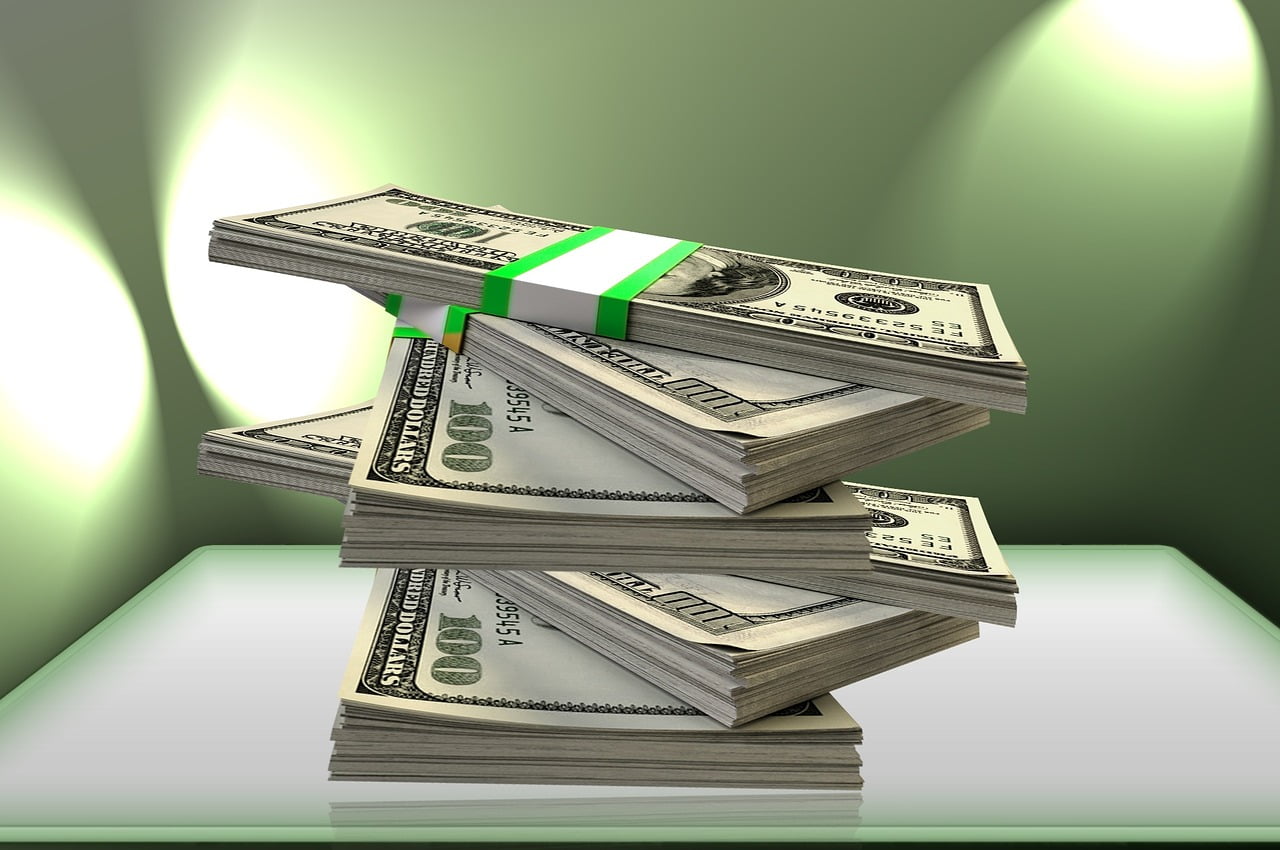In his Daily Market Notes report to investors, while commenting on the global bond yields, Louis Navellier wrote:
Q2 2021 hedge fund letters, conferences and more
Decline In Global Bond Yields And 10-Year Treasury Rate
The best news last week was the continuing decline in global bond yields, including the 10-year Treasury rate falling below 1.4% last Tuesday. The European Central Bank (ECB) on Thursday announced that it would tolerate up to 2% annual inflation over the “medium term,” in an attempt to rekindle growth there. Essentially, the ECB signaled that easy money will continue to be available. (Italy is now led by Prime Minister Mario Draghi, who was once head of the ECB and is a pioneer of Modern Monetary Theory).
Countries that have over-printed money have effectively caused that money to be worthless in places like Venezuela and Zimbabwe. That’s why there is real fear that endless money printing could cause currency devaluation. Germany still remembers its hyperinflation from 1923, when some money was hauled in wheelbarrows, just to buy normal food items. This painful hyperinflation episode caused subsequent German central bankers to become ultra-conservative, so I am eagerly awaiting any response from the Bundesbank regarding the ECB’s loose money policies. So far, Germany is withholding any criticism.
Fed's Accomodative Stance
Why are Treasury bond yields continuing to decline as inflation heats up? One reason is that strong demand for corporate bonds is pushing Treasury bond yields lower. Also, the negative interest rate environment in Europe is boosting demand for U.S. debt, since the U.S. offers positive returns. Finally, the Fed has embraced Modern Monetary Theory (MMT) and is engineering negative yields so that the cost of servicing the rising U.S. Treasury debt will start to shrink!
If and when the Fed decides to raise key short-term interest rates, I don’t think they will be able to raise rates by much, since the federal debt has risen to $30 trillion. Even now, with low rates, the cost of paying interest on the federal government’s huge debt now exceeds the Defense Department’s annual budget.
For now, it looks certain that neither Fed Chairman Jerome Powell nor Treasury Secretary Janet Yellen will try to constrain the money supply with significantly higher interest rates that might impede economic growth. It seems like Secretary Yellen, the Fed, and the Biden Administration all embrace the “free lunch” promises of MMT, so, just like the late 1990s, we are in a perfect environment for growth stocks!
The Surge In Trade Deficit
Global trade is resuming, as the Commerce Department reported that imports rose 1.3% to $277.3 billion in May, and exports rose 0.6% to $206 billion. The bad news is that imports grew faster, which means the trade deficit surged to over $71 billion, which tends to put a drag on GDP projections for last quarter. Unemployment claims were higher than expected, while continuing claims came in a bit better.
All of this just means that the Fed will likely remain accommodative, since lower unemployment is the Fed’s primary goal and 6.8 million jobs have not yet been restored since the pandemic commenced.
The market is having its cake eating it too. Bond prices are down, the dollar is holding firm, the second quarter had 113 IPOs, raising $39.9 billion, the most active quarter since 2000, and there is an estimated $3 trillion in cash and money markets with central banks showing no signs of slowing the QE presses.
The Fed will have the luxury of receiving the June inflation data and a plethora of other data points before the next FOMC meeting on July 28. Between now and then, there is a growing case for a broad-based rally to include growth, value, and everything in-between, at least through earnings season, when forward corporate guidance will sort out second half winners and losers.






